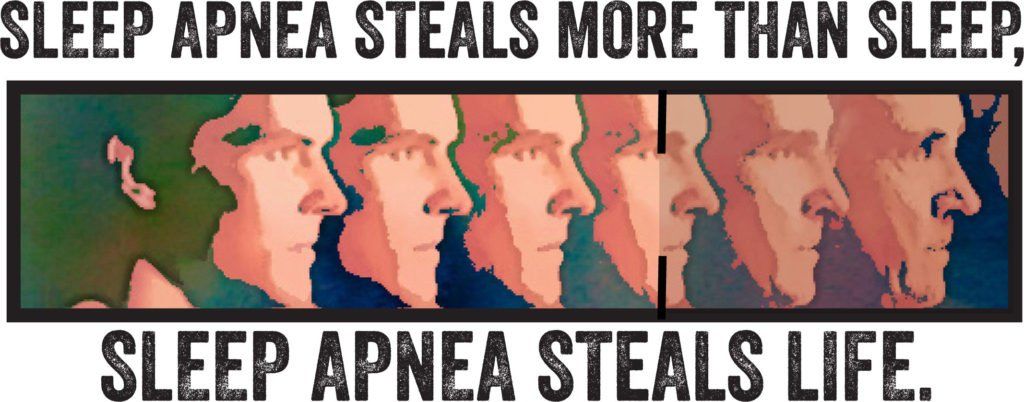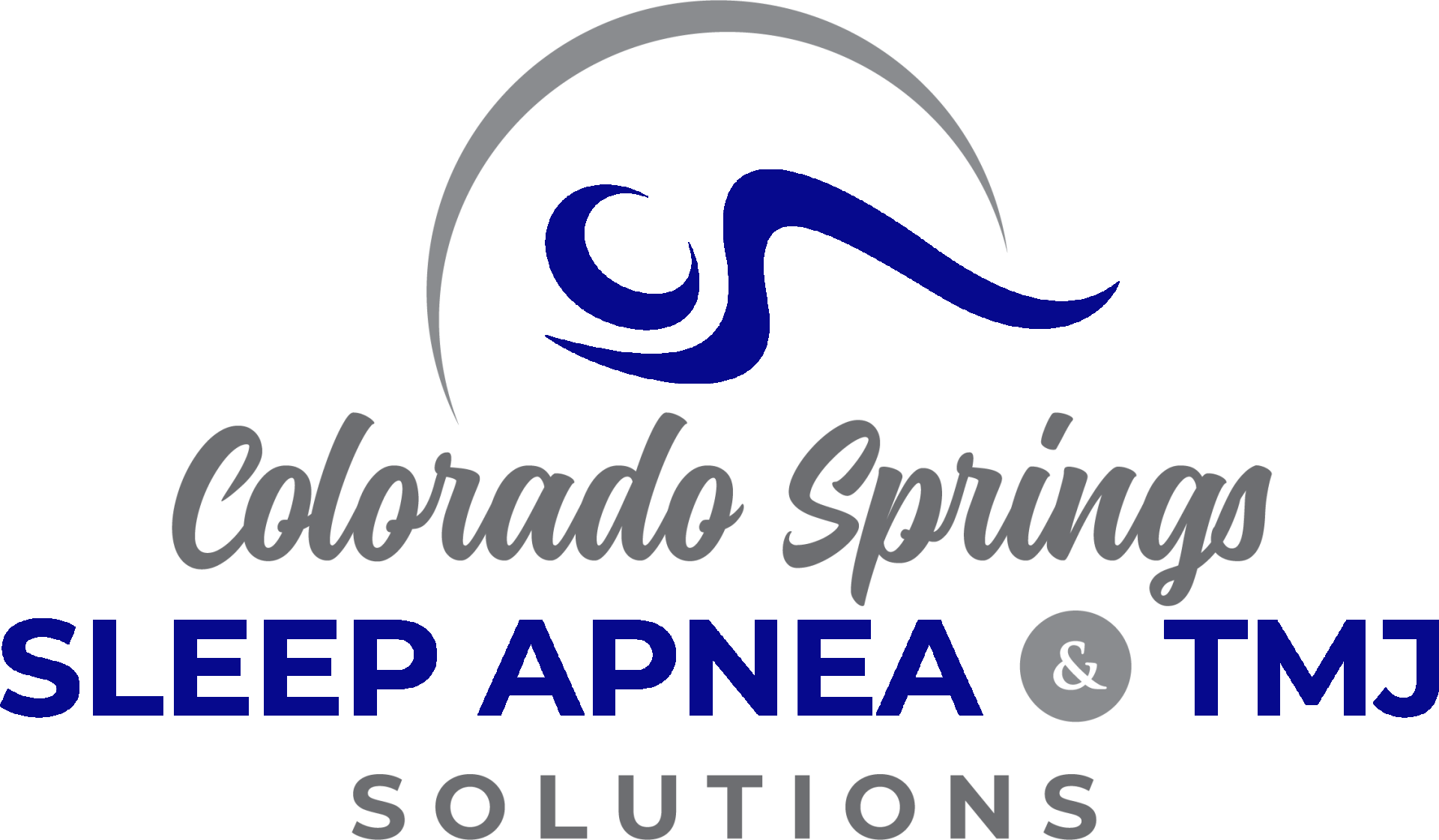ABOUT SLEEP APNEA
The effects of Obstructive Sleep Apnea slowly but steadily destroy our bodies. The result of not being able to get into a deeper, more restorative sleep, limits and diminishes the normal process of clean up and repair that our bodies need to accomplish while we sleep. This lack of repair, along with a release of free radicals and stress hormones that are released as a result of the multiple incidents of activating the bodies fight or flight response, results in a cascade of correlated illnesses that take years away from the ends of our lives and quality of life leading up to the end.

What is Sleep Apnea
Two types of Sleep Apnea exist- Obstructive Sleep Apnea and Central Sleep Apnea.
Obstructive Sleep Apnea involves a blockage in the airway somewhere between the nose and the lungs.
Central Sleep Apnea involves your brain not sending a signal to your lungs to breath.
Contact Us

Both have the same effect of not allowing you to breath while asleep. Our bodies have amazing feedback and monitoring systems that when it realizes you are starving for oxygen, it will force the body to do something to get air. Moving, gasping, coughing, forceful aspiration to get that air all prevent your brain from entering into a stage of sleep that is restful or restorative. The more open the airway for those with obstructive sleep apnea, the better the sleep.
The better the sleep, the better the body.
Common Signs of Sleep Apnea
SCALLOPED TONGUE
Scalloped Tongue is a condition where the tongue is larger than the space created for it to exist. This causes the tongue to develop indentations on the sides of the tongue.
SNORING
Snoring results when we have a relaxed muscle tone- as occurs in sleep- and surrounding oral structures in the mouth cover the airway. As air passes over these relaxed structures, a sound occurs that is often referred to as snoring. Over 50% of people who snore have sleep apnea.
NECK CIRCUMFERENCE
A neck circumference greater than 15 inches in woman and 17 inches in men is predictive of sleep apnea.
WORN TEETH
Worn teeth are highly correlated to clenching or grinding of teeth. Clenching and grinding of teeth have been designated as a sleep movement disorder. Sleep movement disorders and OSA are also highly correlated.
BODY MASS INDEX
Extra weight is distributed throughout the body including the soft tissues in the mouth and airway. Having excess tissue in these areas effectively reduces the size of the airway and can lead to obstructive sleep apnea.
DAYTIME SLEEPINESS
If you spend more than 7 hours asleep and you are still tired, something is wrong. Being tired is your body’s way of telling you that you need more sleep or more quality sleep. When you are doing your part by getting the sleep, and yet you are not feeling rested, then you may need help.

